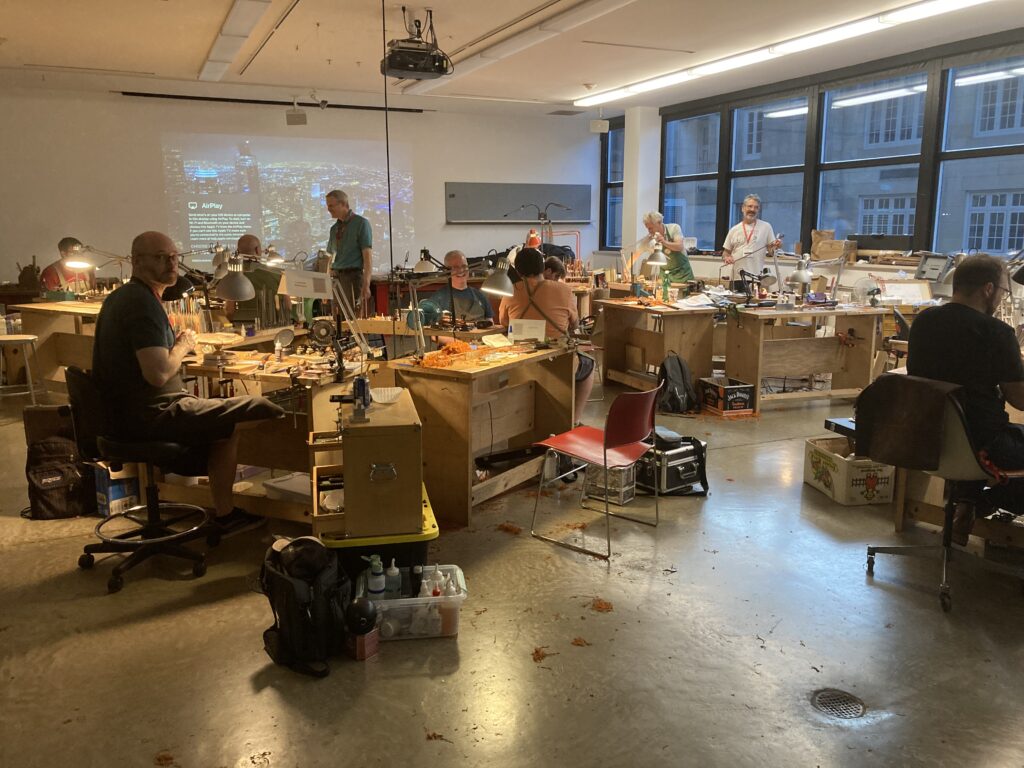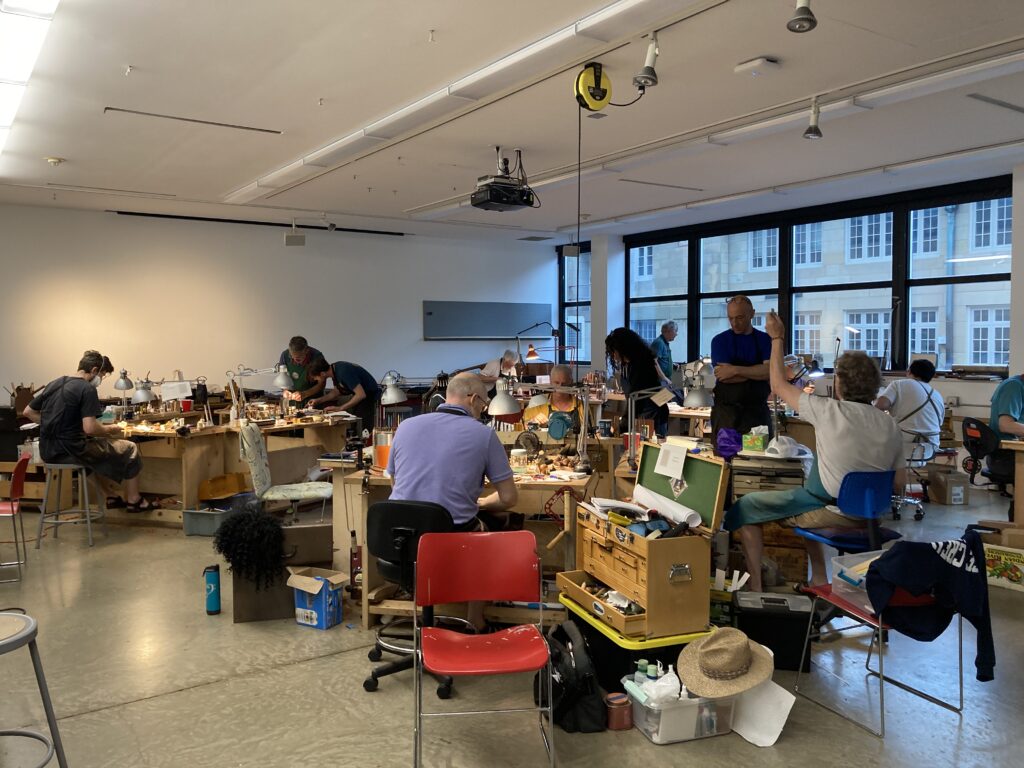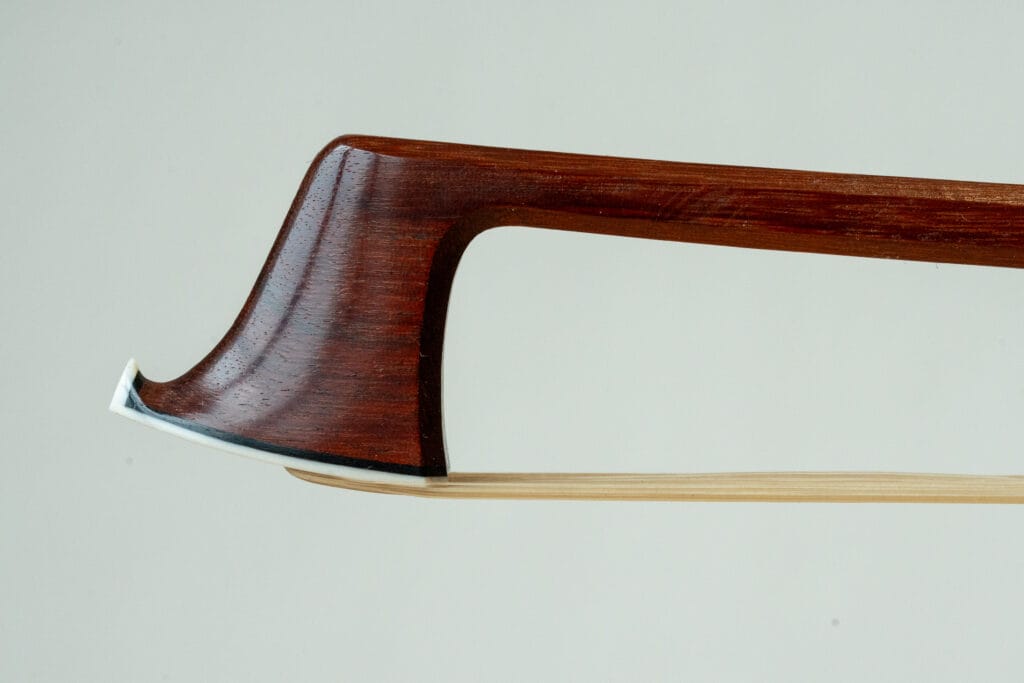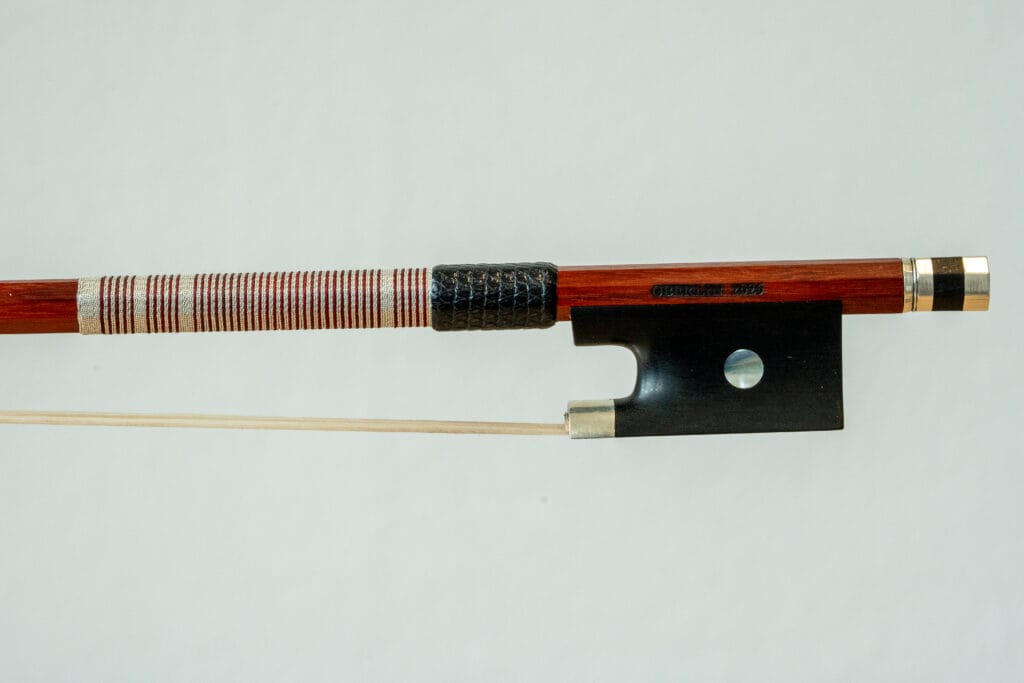Craft and Collaboration: My Fortnight at the Oberlin Bow Making Workshop
As a bow maker based in Lincoln, UK, I spend much of my time at the workbench, shaping wood and balancing weight, tone, and feel. While this solitary work is at the heart of my craft, every now and then, it’s important to step away from the bench and into a space of shared learning and collaboration. That’s exactly what I did recently during a remarkable two-week workshop in Oberlin, Ohio.
The Oberlin Bow Making Workshop is one of the world’s most respected gatherings of professional bow makers. It draws participants from across the globe – from seasoned experts to newer makers eager to absorb as much knowledge as they can. Over the course of a fortnight, I had the opportunity to work side by side with some of the most experienced and insightful artisans in our field.
The atmosphere in Oberlin was nothing short of inspiring. The focus was on open exchange – of ideas, techniques, tools, and philosophies. We studied bows from historic makers, examined subtle variations in camber and weight distribution, and debated aesthetics and acoustics. This wasn’t just a technical exchange; it was an exploration into the soul of bow making.
One of the highlights of the workshop for me was being involved in the creation of the “shop bow” – a collaboratively made bow based on a Jean Pierre Marie Persoit model. Each participant contributed to a different part of the process, from roughing out through to final finishing, hairing and lapping. It was a unique opportunity not only to handle a design inspired by one of the great historical makers, but also to witness how different hands and minds interpret and execute the same model. Contributing to this shared project was both humbling and hugely rewarding, and it reinforced the importance of collective craftsmanship and shared standards of excellence.
It was also inspiring to see how Oberlin has played a formative role in the careers of many of those present. Several of the attendees originally came to the workshop as beginners, learning foundational techniques and gaining confidence through the very same collaborative spirit that defines the event today. Now, years later, they’ve returned as accomplished makers in their own right—bringing with them a wealth of experience and insight, and continuing the cycle of sharing and mentorship that makes Oberlin so special.
I’m especially grateful to everyone at the workshop for being so welcoming and willing to share their knowledge and skills. The spirit of generosity was evident throughout – whether demonstrating tool techniques, sharing working methods, or offering thoughtful feedback, everyone was committed to helping each other grow as makers.
I was glad to share my own perspectives and approaches as part of this vibrant exchange and found it incredibly rewarding to contribute to conversations and collaborative work. These exchanges were both enriching and affirming, and a powerful reminder of the value of community in what can often be a solitary profession.
Returning home, I bring back more than just notes and techniques. I carry renewed inspiration, a sharper eye, and a deeper sense of connection to the global bow making community. This experience reinforces my commitment to craftsmanship and continuous improvement – values that guide every bow I make.
If you’re a player looking for a bow crafted with care, tradition, and up-to-date expertise, I’d love to speak with you. Whether it’s a custom commission or simply a conversation about your needs as a player, my work benefits directly from experiences like Oberlin – where knowledge is shared, skills are honed, and the art of the bow continues to evolve.






